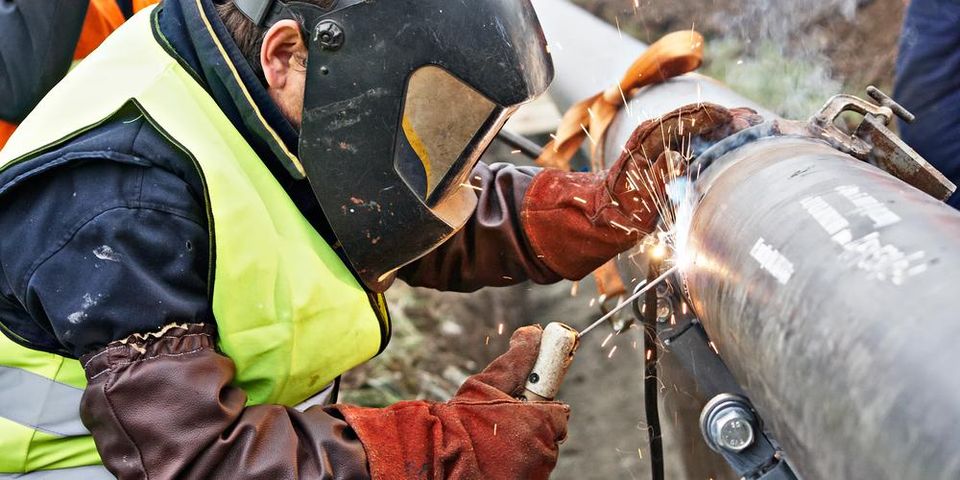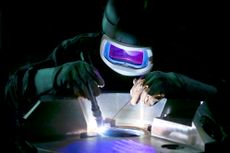
While it plays an integral role in much of the industrial sector, the details of the welding process elude the majority of the population. However, the experienced team at Nadler Welding & Repair Shop of Wentzville, MO, are happy to impart some of their wisdom so clients can come to terms with the services they’re investing in. To learn more about welding as a whole, consider the following answers to this metal shop's most frequently asked questions.
4 FAQ Regarding Welding Answered by a Local Metal Shop
What Is Welding?
The welding process is most commonly employed when fabricators need to connect two hard materials that are similar in makeup. At the intended connection point, the two pieces are heated up to extreme temperatures so they become molten. Once joined, the material is cooled and hardened, forming a solid bond.
What Are the Different Types of Welding?
 There are numerous types of welding, but a few are used more often than others. Arc welding employs electrodes to form an arc of energy between metal objects. The extreme heat of this process causes pieces of metal to enter the arc and connect with the other object. Gas welders use torches to melt the objects, shields to protect themselves, and wire feed to support the connection between the two pieces. This method can be performed slower and, therefore, produces cleaner results. Gas tungsten arc welding is similar to a combination of these two methods in that it involves a high-frequency generator, a tungsten electrode, and a gas shield.
There are numerous types of welding, but a few are used more often than others. Arc welding employs electrodes to form an arc of energy between metal objects. The extreme heat of this process causes pieces of metal to enter the arc and connect with the other object. Gas welders use torches to melt the objects, shields to protect themselves, and wire feed to support the connection between the two pieces. This method can be performed slower and, therefore, produces cleaner results. Gas tungsten arc welding is similar to a combination of these two methods in that it involves a high-frequency generator, a tungsten electrode, and a gas shield.
What Safety Precautions Are Involved?
Professional welders must protect their bodies against the harmful chemicals and powerful energy sources involved in their daily work. Federal requirements include approved helmets, goggles, and hand shields. Even people who are within view of the welding location must wear eye protection gear. Welders must also protect their bodies with heavy, dark, fire-resistant fabrics that block sparks and limit the reflection of rays. Most professionals complete their outfits with chaps, boots, gloves, and aprons.
What Does It Take to Become a Welder?
After high school, aspiring welders must undergo rigorous training courses to gain their certification. Classes can be taken through the military, in technical or vocational schools, academies, and community colleges. Once a student proves fluency with a certain welding technique, they may move onto an internship for on-the-job training before securing a position in the manufacturing, construction, or automotive industries.
If you’re interested in learning more about the welding process, consult the team at Nadler Welding & Repair Shop. They have been mastering the arts of steel fabrication and welding for over 66 years, so you can rest assured your project will be in good hands. For more information on their metal shop, visit the website. You can also call (636) 327-4404 to talk to a professional.
About the Business
Have a question? Ask the experts!
Send your question

